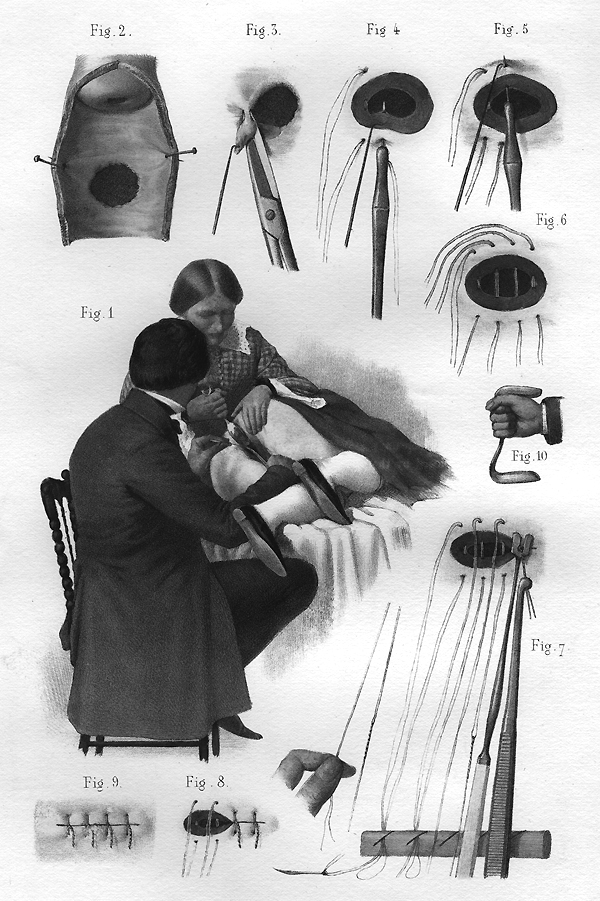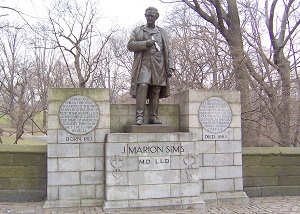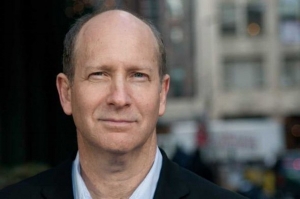WHAT MAKES A GREAT PLAY ABOUT SCIENCE?
“To stimulate artists to create credible and compelling work exploring the worlds of science and technology and to challenge the existing stereotypes of scientists and engineers in the popular imagination.”—this has been the mission of The Ensemble Studio Theatre/Alfred P. Sloan Foundation Science & Technology Project (EST/Sloan Project, for short) for the past 22 years. Over that time the EST/Sloan Project has awarded more than $3 million in grants to some 300 playwrights and theatre companies. More than 150 productions of EST/Sloan-developed plays have been mounted nationwide.
Every year the highlight of the EST/Sloan Project submission season is the Fall Artist Cultivation Event. At this eagerly anticipated event, a panel of scientists, science writers and playwrights engages in a far-ranging and free-wheeling discussion with an audience of prospective playwrights about “What Makes a Great Play about Science?” The 2020 Fall Artist Cultivation Event will be virtual this year and take place on Monday, November 30 at 7 PM.
This virtual event will be held on the Zoom platform and is free to attend for any playwright interested in developing a play about science or technology. Registration is required. Once registered, you will receive the event access link in your confirmation email. You can register here.
Applications for this year’s EST/Sloan commissions are currently open. Those who attend the virtual panel will receive an extended deadline of January 1, 2021.
Two related events culminate each EST/Sloan season: 1) The First Light Festival is a month-long series of readings and workshops that showcase plays in development, and 2) a full mainstage production of at least one work. Recent mainstage productions have included Behind the Sheet (2019) by Charly Evon Simpson on the enslaved women who as experimental victims launched the science of gynecology (a NY Times Critic’s Pick), BUMP by Chiara Atik (2018) on pregnancy and childbirth, SPILL (2017) by Leigh Fondakowski on the Deepwater Horizon disaster, Boy (2016) by Anna Ziegler on sexual identity, Please Continue (2016) by Frank Basloe on Stanley Milgram’s obedience experiments, Informed Consent (2015) by Deborah Zoe Laufer on scientific research and Alzheimer’s, Fast Company (2014) by Carla Ching on game theory and confidence games, Isaac’s Eye (2013) by Lucas Hnath on scientific method and rivalry, and Headstrong (2012) by Patrick Link on sports and concussions.
This year's Artist Cultivation Event panelists include:
Jad Abumrad is the host and creator of Radiolab, a public radio program broadcast on nearly 600 stations and downloaded more than 12 million times a month as a podcast. He employs his dual backgrounds as composer and journalist to create what’s been called “a new aesthetic” in broadcast journalism. He orchestrates dialogue, music, interviews, and sounds into compelling documentaries that draw listeners into investigations of otherwise intimidating topics, such as the nature of numbers, the evolution of altruism, or the legal foundation for the war on terror. Jad has won three George Foster Peabody Awards, and in 2011, he was honored as a MacArthur Fellow. He also created and hosted three seasons of More Perfect, a series about untold stories of the Supreme Court, which The New York Times called “. . . possibly the most mesmerizing podcast.” And in 2019, he created Dolly Parton’s America, a Peabody Award-winning nine-part series that explores a divided America through the life and music of one of its greatest icons.
Carla Ching wrote Fast Company as an EST/Sloan commission which got produced in 2014 at EST as well as at South Coast Rep, and in Seattle and Minneapolis. Her other plays include Nomad Motel, The Two Kids That Blow Shit Up, The Sugar House at the Edge of the Wilderness, TBA, Dirty and Big Blind/Little Blind. Her full-length plays have been produced or workshopped by The O’Neill Playwrights Conference, The Atlantic Theatre Company, South Coast Rep, Center Theater Group, Huntington Theatre Company, the National New Play Network Showcase of New Plays, Ensemble Studio Theatre, The Lark Play Development Center, Ma-Yi Theatre Company, Unicorn Theatre Company, The Women’s Project, Partial Comfort, 2g, The Hegira, Ferocious Lotus, Porkfilled Productions and Artists at Play, among others. She’s also written for television on Fear the Walking Dead, I Love Dick, The First, Preacher, and Home Before Dark.
Danielle N. Lee is an assistant professor of biology at Southern Illinois University Edwardsville and is best known for her science blogging and outreach efforts focused on increasing minority participation in STEM fields. Her research interests focus on the connections between ecology and evolution and their contribution to animal behavior. In 2017, Lee was selected as a National Geographic Emerging Explorer which led her to travel to Tanzania to research the behavior and biology of landmine-sniffing African giant pouched rats. Her 2019 TEDTalk “How hip-hop helps us understand science” has received more than two million views.
Brian Nord's interests revolve around exploring the ethical use of artificial intelligence (AI) in scientific contexts and developing new methods for people to learn and do research. Brian's current research is in applying AI to data taken from big cosmic experiments, like the Dark Energy Survey. Recently, he's started to investigate methods for automating experiments --- think self-driving telescopes. Brian is also working on building better research communities: in 2017, Nord co-founded the the Deep Skies Lab — an inter-institutional collaboration of deep learning experts and astrophysicists. Brian has a long history of public engagement in science, including collaborations with artists and educators. He currently leads the KICP Space Explorers program, working with Chicago high school students. Nord is co-creator of ThisIsBlackLight.com, an online curriculum to teach about Black experiences in America. He helped start the Academic Strike4BlackLives in 2020, and co-authored the Change Now calls to action for a better physics research community. He is a Scientist in Fermilab's AI Project Office and Cosmic Physics Center. He is also a CASE Scientist in the Department of Astronomy and Astrophysics and a Senior Member of the Kavli Institute for Cosmological Physics (KICP) at the University of Chicago.
Charly Evon Simpson is a playwright, teacher, and TV writer based in Brooklyn. Her plays include Behind the Sheet, Jump, form of a girl unknown, it’s not a trip it’s a journey, and more. Her work has been seen and/or developed with Ensemble Studio Theatre, The Lark, The Eugene O’Neill Theater Center, Chautauqua Theater Company, Salt Lake Acting Company, The Fire This Time Festival, and others. She has received the Vineyard Theatre's Paula Vogel Playwriting Award and the Dramatists Guild's Lanford Wilson Award and has commissions from theaters including MTC/Sloan, Cleveland Play House, The New Group, and South Coast Repertory. She’s a core writer at the Playwrights' Center, a member of New Georges Jam, and in the incoming class of resident playwrights at New Dramatists. Charly has worked on TV shows for Showtime and HBO and has taught playwriting at Hunter College, SUNY Purchase, and the National Theatre Institute. BA: Brown University. MSt: University of Oxford, New College. MFA: Hunter College.
This Year’s Moderator
Naomi Lorrain is a NYC based actor/playwright. She holds both a B.A. in the History of Science, History of Medicine and a B.A. in African American Studies from Yale University as well as an MFA in Acting from NYU Tisch School of the Arts. She works part-time as a Scholars-in-Residence Research Assistant at the Schomburg Center for Research in Black Culture. She is an AUDELCO Awards nominee and a NY Innovative Theatre Awards nominee for Best Lead Actress for Behind the Sheet and Entangled, respectively. Theater: Behind the Sheet (Ensemble Studio Theatre), Entangled (The Amoralist), What to Send Up When It Goes Down (Movement Theatre Company, Drama Desk Nomination - Unique Theatrical Experience), Song for a Future Generation (Williamstown Theatre Festival). TV: “Orange is the New Black” (Netflix), “Elementary” (CBS), “The Good Fight” (CBS), “Madam Secretary” (CBS). Plays: The Lost Ones (NYU Tisch Grad Acting), A Trojan Woman’s Tale, The Big O (Villa La Pietra), Rigor Mortis (NYU Freeplay Festival), #shelfies (52nd Street Project), The Queen of Macon County (HomeBase Theatre Collective).




























































